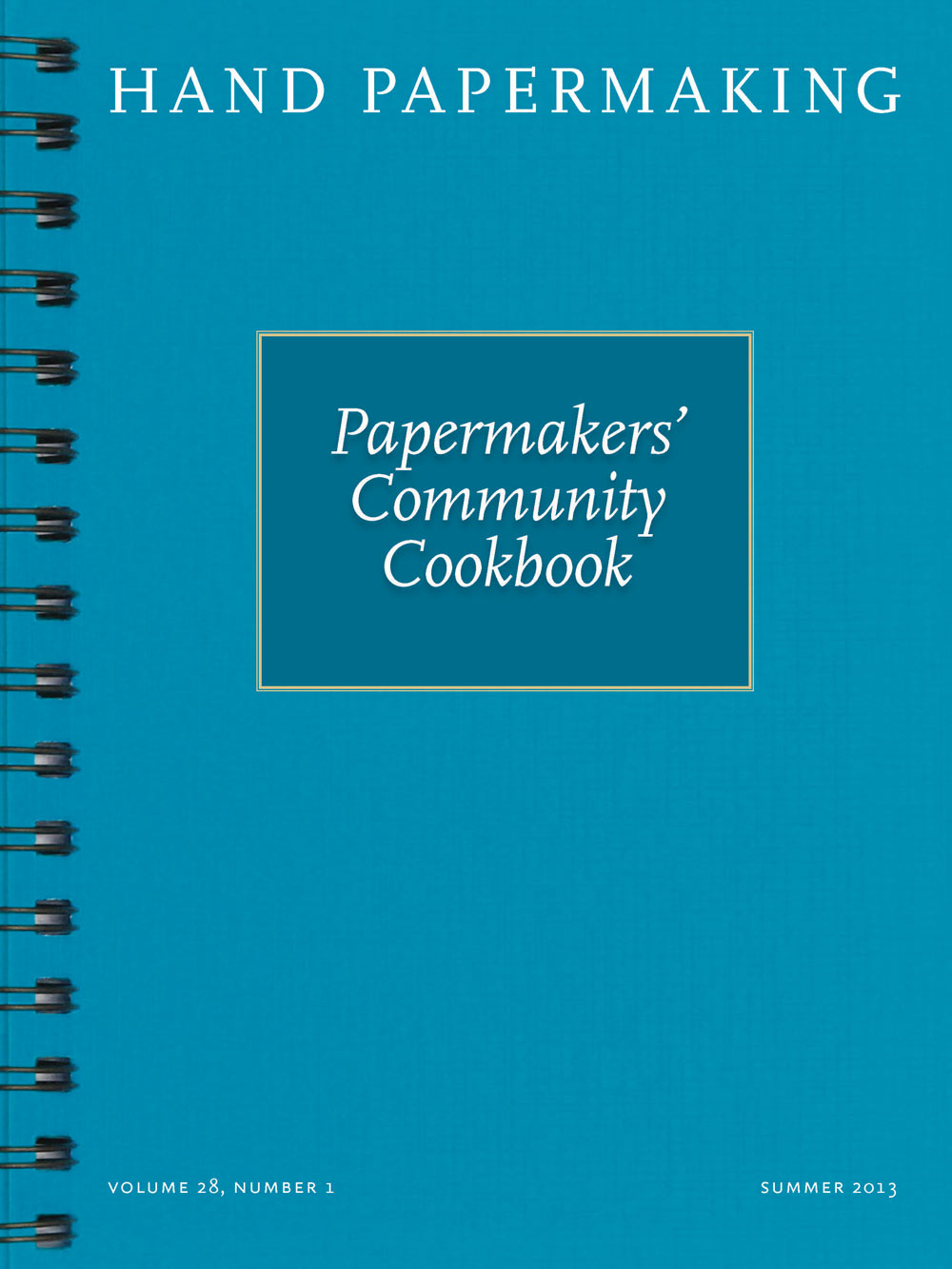
Summer 2013
:
Volume
28
, Number
1
Barbara Campagnola has been the executive director of Paper Circle since 2005. She managed the production and launch of O-Gami, designed and continues to maintain the website and storefront for this product. She is also the founder and director of Circle Round the Square, Paper Circle's intensive arts and wellness outreach program for at-risk youth in Nelsonville. "In another life," she likes to say, she founded and operated The Seven Sauces Restaurant in Athens, Ohio.
Danielle Wyckoff is a printmaker, papermaker, and installation artist who hails from Georgia. She holds a BA in art and a BA in English (1999) and an MA in English (2004) from Georgia College. She completed an MFA in printmaking at Ohio University (2010). Recently she served as the studio manager and artist in residence at Paper Circle, where she refined the process of making O-Gami paper. She credits the knowledgeable and generous Sara Gilfert for sharing the nuances about making paper. She currently is living in Grand Rapids, Michigan where she is a visiting assistant professor in printmaking at Kendall College of Art and Design. In July 2011 after years of research, consultation, and experimentation— under the direction of our founder Sara Gilfert— Paper Circle launched O-Gami, a new paper line designed specifically for origami artists. Early on in development, we worked with a focus group of folders from the Columbus non-profit organization Capitol Area Paper Shapers. They gave us this challenge: to create a paper that would withstand water, be tissue-thin, yet strong enough to stand up to the demands of rigorous folding without tearing.





